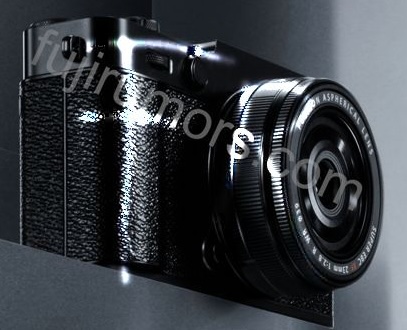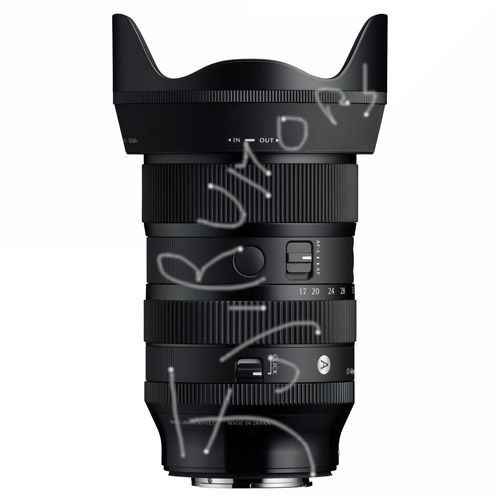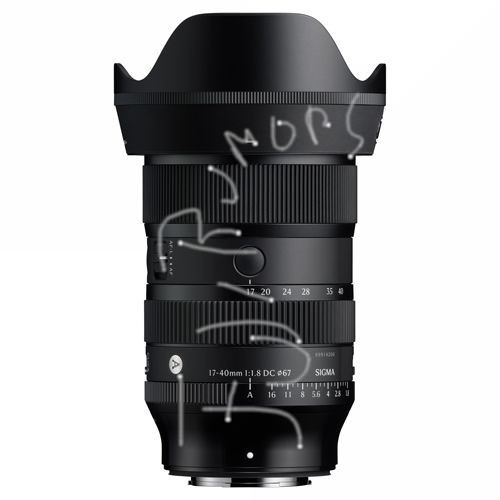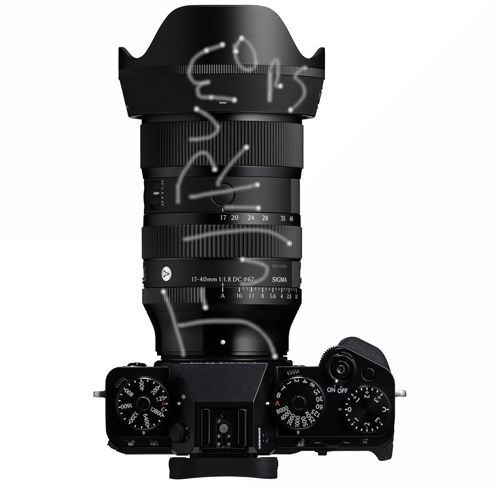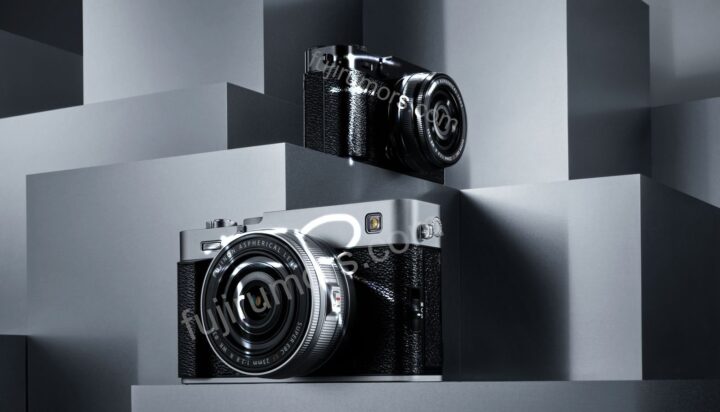
Maybe you are having a barbecue with friends.
Maybe you’re out on a road trip, music on, windows down.
Or maybe you’re just enjoying a quiet Sunday, far from work and deadlines.
Whatever (hopefully pleasant) activity you’re up to, I hope you’ll forgive me for briefly interrupting, because I’ve got something exciting to share: the first leaked image of the Fujifilm X-E5.
You can see it in all its beauty above. And for a larger more detailed view, check out the image below.
We notice:
- the return of the MCS switch (like on the X100VI)—missing on the X-E4, and I’m glad to see it back
- a viewfinder selector similar to the one on the X100VI, likely functioning like the one on the GFX100RF
- a bit of a grip, unlike the flat front of the X-E4
- back to the more traditional strap eyelets, instead of the rectangular and bigger ones on the X-E4.
- a small wheel on the left side, maybe the diopter adjustment dial
- no “X-E5” logo on the front left—replaced by a square AF assist lamp. Honestly, that’s a design decision I welcome
- clearly the sexiest X-E camera ever made
- and while you can’t see it in the image… trust me, this thing’s going to sell like hot cakes!
Make sure to stay tuned on FujiRumors on June 12 at 5AM New York time for the announcement.
Follow FujiRumors on Patreon, Facebook, Instagram, RSS-feed, Youtube, Flipboard and Twitter





